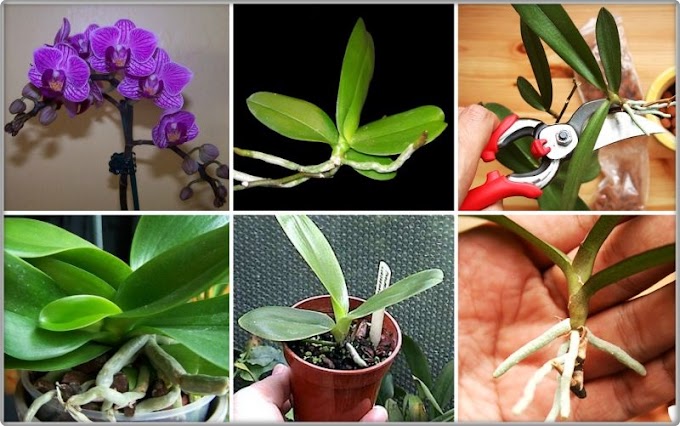Aloe striata subsp. karasbergensis is a low-growing, single to branched, stemmed succulent, which tends to lie horizontally on the ground as the plant gets older.
Stems may reach up to 12 inches (30 cm), with old leaves that persist around the stem. In old specimens, branching of the main stem close to the ground level, may give rise to up to 15 to 20 heads. The leaves are ovate-lanceolate, up to 20 inches (50 cm) long, up to 8 inches (20 cm) wide and very rigid to fleshy when turgid.
The leaf color varies from a pale green-grey to bronze and brown with a pinkish tinge, under sun-stressed conditions. Leaves are carried in beautifully symmetric rosettes and have prominent longitudinal, dark green lines on their surface. The flowers which appear in mid to late winter, are carried on densely branched racemes of up to 20 inches (50 cm) high. The flowers are tubular in shape with a slight basal swelling, and are a dull red color.
Hardiness
USDA hardiness zone 9a to 11b: from 20 °F (−6.7 °C) to 50 °F (+10 °C).
How to Grow and Care
Aloe is a very forgiving plant, and a well-grown plant can be quite beautiful. As with all succulents, it’s essential that Aloe is never allowed to sit in stagnant water, and the plant should be carefully monitored to watch for signs of overwatering.
Water generously in the summer and nearly cease watering in the winter. Do not let water stand in the rosettes.
Aloe are not particularly fast-growing and will only rarely need repotting. Repot plants in the spring that are tipping over their pots or have ceased growing. Use a fast-draining potting mix with one-third sand or pebbles. During repotting of a larger plant, it is possible to carefully divide the root ball. Some kinds of Aloe will send off off-sets that can be potted independently.




